Home Improvement
Creative Ways to Nurture Children’s Imagination at Home and School
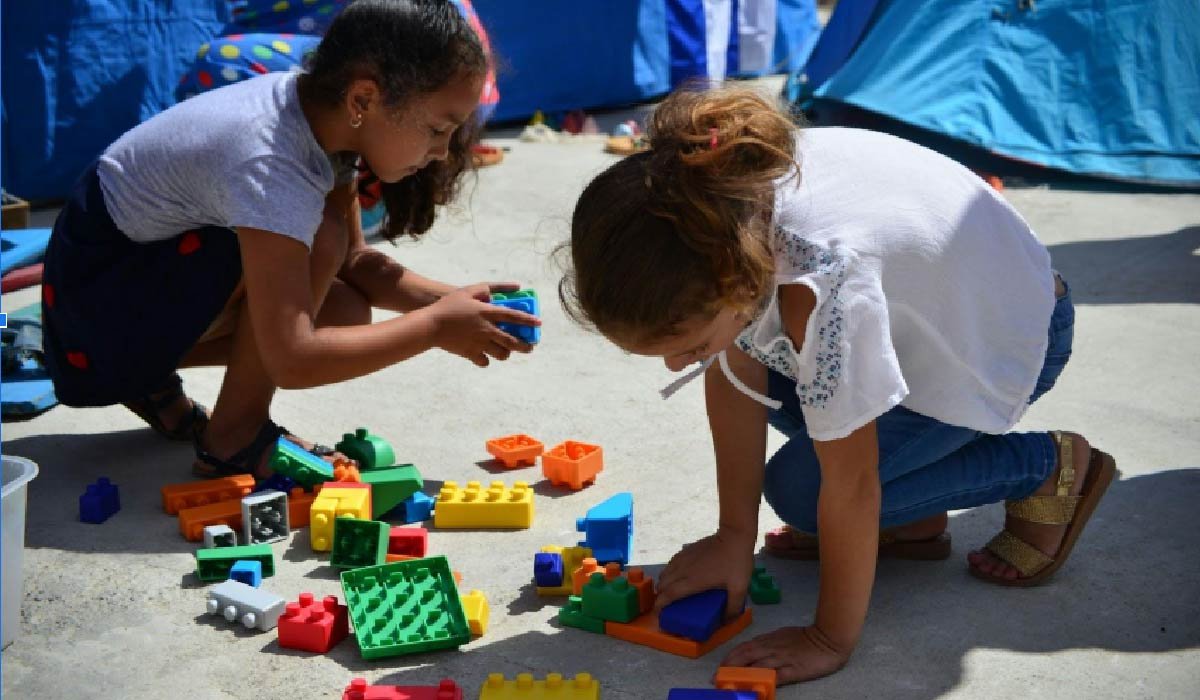
Imagination is a powerful tool in a child’s development, enabling them to think creatively, solve problems, and express themselves effectively.
Nurturing creativity at home and school not only enhances children’s cognitive abilities but also encourages emotional growth and social skills.
This blog offers practical tips and engaging activities that can be easily incorporated into daily routines, empowering parents and teachers to foster a love for imaginative play and creative thinking in children, both at home and in the classroom.
Understanding the Role of Imagination in Child Development
Imagination is the foundation of a child’s creative development. It helps children explore, understand their world, and expand their cognitive and emotional abilities.
Through imaginative play, children enhance their problem-solving skills, creativity, and ability to engage with different perspectives, which lays the foundation for lifelong learning and innovation.
Why Creativity Matters for Growth
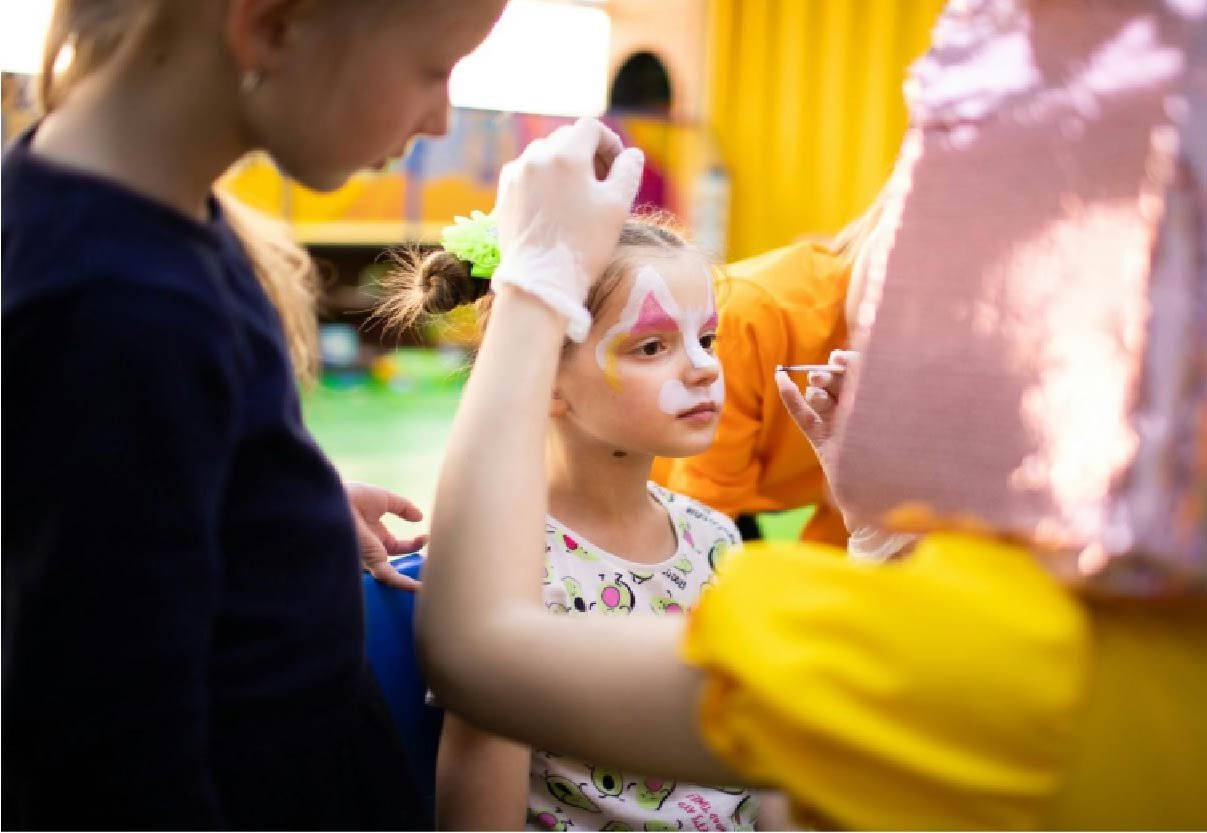
Creative activities promote independence and resilience. They help children develop emotional well-being by allowing them to express feelings and thoughts. Engaging in imaginative play:
- Enhances emotional well-being and problem-solving abilities
- Encourages divergent thinking and innovation
- Improves cognitive development and academic performance
- Fosters social skills through collaboration and communication
Creativity plays a crucial role in children’s development, enabling them to thrive in both social and academic settings.
Balancing Structure and Free Play
A balance between structured activities and free play is essential for children’s creativity. Free play allows children to explore their imagination and make independent decisions.
By combining structured routines with opportunities for free play, children can develop critical thinking and problem-solving skills, while teachers and parents can support their creativity through guided exploration.
Creativity and Problem-Solving Skills
Imaginative play provides children with opportunities to solve challenges in a supportive environment. Activities like building blocks, crafting, and open-ended questions stimulate children’s creative thinking and problem-solving abilities.
Encouraging exploration, asking questions, and allowing children to experiment enhances their problem-solving skills and boosts confidence.
Creating Inspiring Environments at Home
The environment where children play and learn significantly impacts their creativity.
By designing spaces that encourage exploration, parents can provide their children with diverse stimuli to nurture their imagination.
Designing Spaces That Encourage Exploration
Incorporating natural elements, flexible furniture, and open-ended materials can spark curiosity and inspire children to engage with their surroundings.
A creative space should be welcoming, uncluttered, and designed to allow children to explore materials and activities that enhance their creative expression freely.
Daily Routines That Spark Creativity
Routine activities, such as storytelling, drawing, and journaling, can help integrate creative play into daily schedules.
Regular creative activities help children develop imaginative thinking and problem-solving skills, making creativity a natural part of their day.
Using Everyday Items for Play
Common household items can be transformed into creative tools for imaginative play. Repurposing items like cardboard, old clothes, or recyclable materials can lead to fun, environmentally conscious crafting experiences.
Activities like building DIY toys or creating art from everyday objects spark creativity while teaching valuable life skills, such as sustainability.
Creating Inspiring Environments at Home
A well-designed environment can significantly enhance a child’s creativity by offering a diverse range of stimuli for exploration.
The spaces children inhabit significantly influence their creative development, so parents can create supportive environments that foster imagination by designing innovative spaces, integrating activities into daily routines, and utilizing everyday items for play.
Designing Spaces That Encourage Exploration
Incorporating natural elements and open-ended materials helps children engage with the outdoors and explore freely.
Flexible furniture enables children to rearrange their space, thereby enhancing their creativity. Designated areas for specific activities guide transitions and create focus.
A clutter-free, inviting space helps children engage independently, fostering curiosity and creativity.
Daily Routines That Spark Creativity
Incorporating creative activities into daily routines helps children develop imagination and problem-solving skills.
Consistent routines provide security, allowing children to feel comfortable exploring their creativity. Free play moments, storytelling, drawing, and crafting can easily be woven into the day to boost creativity and develop artistic skills.
Using Everyday Items for Play
Repurposing common household items into creative tools promotes imaginative play. Everyday materials can be turned into crafts that inspire creativity, such as using recycled items for art or making DIY toys.
Activities like crafting with old clothes or creating race tracks from magnets and washers can introduce fun concepts while sparking creativity.
Making Meals an Engaging Experience
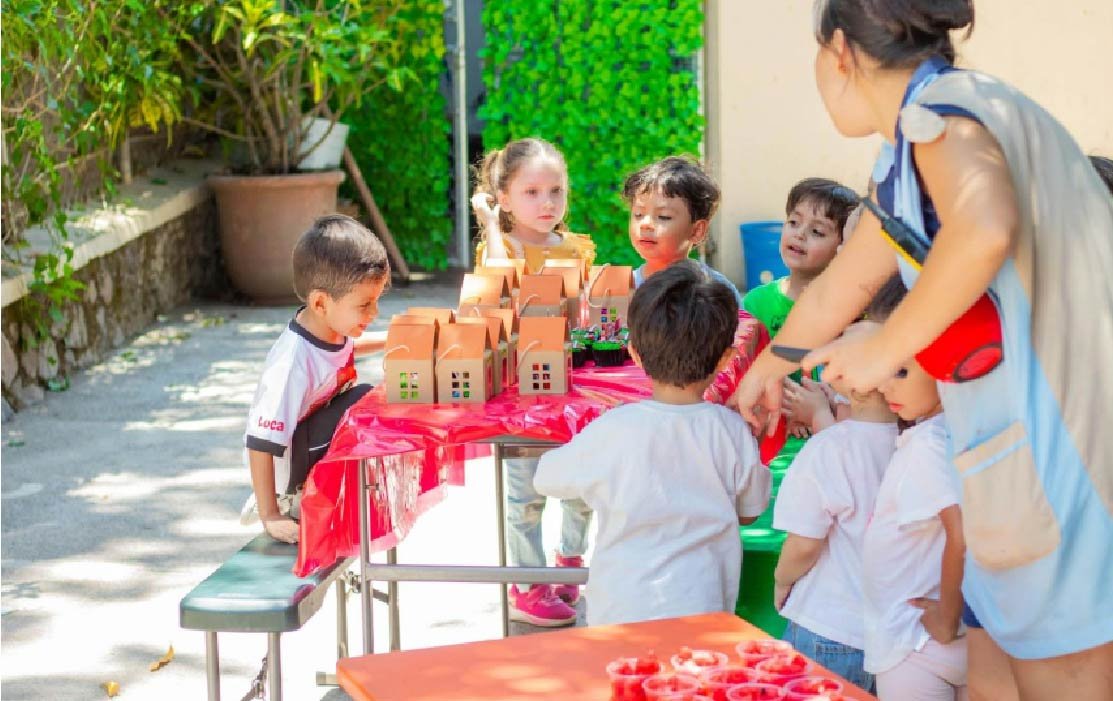
Creative approaches to mealtime can transform dinner time into a bonding and learning experience. Making meals fun helps children explore new foods and engage with family.
By using food as a creative outlet, designing fun lunchboxes, and involving children in food preparation, mealtime can become an enjoyable and educational experience.
Food as a Creative Outlet
Making meals visually fun can boost creativity. For example, using a personalized bento box can encourage kids to look forward to lunch while allowing them to express their individuality.
Involving children in meal preparation can enhance their creativity and ownership over the food they eat, transforming their perspective on meals. Encouraging children to create art with food can lead to a greater interest in healthy eating.
This not only makes mealtime fun but also instills healthy eating habits from an early age.
Lunchboxes That Inspire Joy
Colorful, thoughtfully arranged lunchboxes make meals more appealing. Customizing lunchboxes with fun designs encourages kids to try new foods.
When children help prepare their lunches, they’re more likely to enjoy the meals they’ve contributed to, turning mealtime into a creative and educational opportunity.
Encouraging Children’s Participation in Food Prep
Assigning age-appropriate cooking tasks helps children gain independence and develop a love for the food they help prepare.
Involving kids in cooking enhances their understanding of healthy eating while teaching valuable skills like chopping, stirring, and measuring. Food prep also fosters teamwork and communication skills as children collaborate with family members.
Storytelling as a Gateway to Creativity
Storytelling opens avenues for creativity by allowing individuals to explore imaginative realms and develop unique narratives. It facilitates imaginative thinking by allowing children to explore different perspectives and scenarios.
Through the power of narratives, building storytime routines, and encouraging children to become storytellers, parents and educators can foster a deep love for storytelling and creativity in children.
The Power of Narratives
Narratives can evoke profound emotional connections, allowing both the storyteller and the audience to reflect on profound life themes.
Engaging with narratives enhances cognitive skills, allowing children to understand complex concepts through context, as they have learned to do.
Stories play a crucial role in how children interpret the world, helping them develop beliefs and values. Through stories, children learn empathy by relating to the experiences of different characters and navigating moral dilemmas.
Building Storytime Routines
Establishing a regular storytime can enhance children’s engagement and foster a love for narrative exploration. Incorporating a mix of structured and unstructured elements in storytime can enhance children’s engagement and interaction.
Using themes for storytime can help create a cohesive experience, but starting with a great book can ensure quality remains a priority. Repetition in storytime is crucial for reinforcing learning and assisting children to feel comfortable with the material.
Encouraging Children to Become Storytellers
Empowering children to create and share their own stories enhances their confidence and nurtures their imaginative skills.
Engaging children in storytelling not only enhances their narrative skills but also improves their language, verbal, listening, and cognitive abilities.
Digital storytelling enables children to develop narrative skills while utilizing technology, combining creativity with tech literacy. Activities like creating characters with wooden spoons can help children practice character development, language development, and teamwork in storytelling.
Exploring the World of Children’s Literature
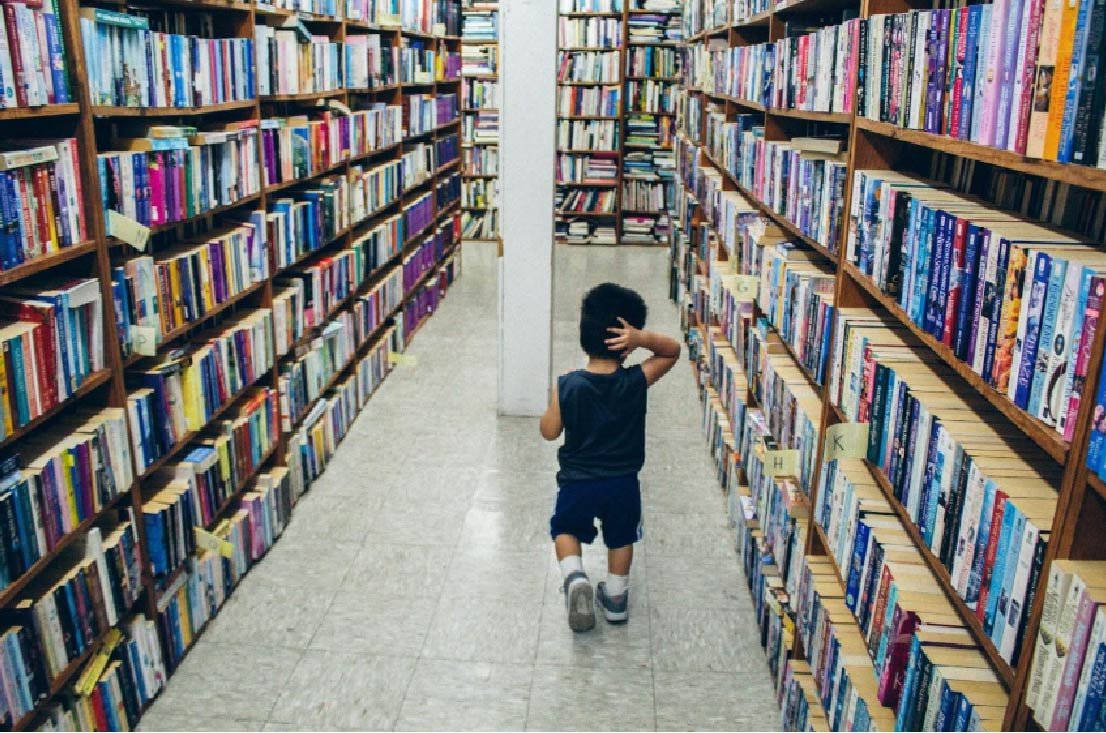
Children’s literature is vital for developing imagination and cognitive skills. Engaging stories help expand children’s worldviews, foster emotional growth, and encourage creativity.
By understanding what captivates young readers, encouraging storytelling, and providing helpful resources, we can maximize the impact of literature on children’s creative development.
Understanding What Resonates with Young Readers
Relatable characters in children’s stories help engage young readers by allowing them to see themselves in the narratives. Imaginative illustrations enhance understanding and stimulate the reader’s imagination, encouraging them to read stories.
Young readers are often drawn to stories that feature imaginative settings and themes, such as friendship, courage, and diversity, which significantly enhance their engagement and enjoyment.
Books that provide explanations about the functionality of objects and processes are also appealing as they satisfy children’s curiosity about how the world works.
For parents and teachers seeking inspiration, resources that provide ideas for children’s books can be invaluable, helping to select stories or guide kids to write their own, and inspire children.
Helping Children Write Their Own Stories
Encouraging children to write their own stories fosters creativity and improves narrative skills. Use playful writing activities, like story maps and scavenger hunts, to make writing fun.
Formats like comic books or fan fiction can also motivate children to express their ideas and develop their skills.
Resources for Parents and Teachers
There are plenty of tools to support parents and teachers in promoting creative writing.
Online platforms like PBS offer activities, while other organizations provide books and resources to integrate literacy and creativity into everyday learning.
Celebrating Creativity Through Play and Activities
Creative play is essential for children’s imagination and self-expression. It provides them with the freedom to explore new ideas while developing critical skills such as problem-solving and communication.
Activities such as role-play, arts and crafts, and collaborative projects offer numerous opportunities for children to celebrate and enhance their creativity.
The Role of Role-Play
Role-play helps children develop social skills by practicing cooperation and communication with peers.
It allows them to explore emotions and social situations, building empathy and emotional regulation. Through group role-play, children also improve teamwork and conflict resolution skills.
Arts and Crafts as Creative Catalysts
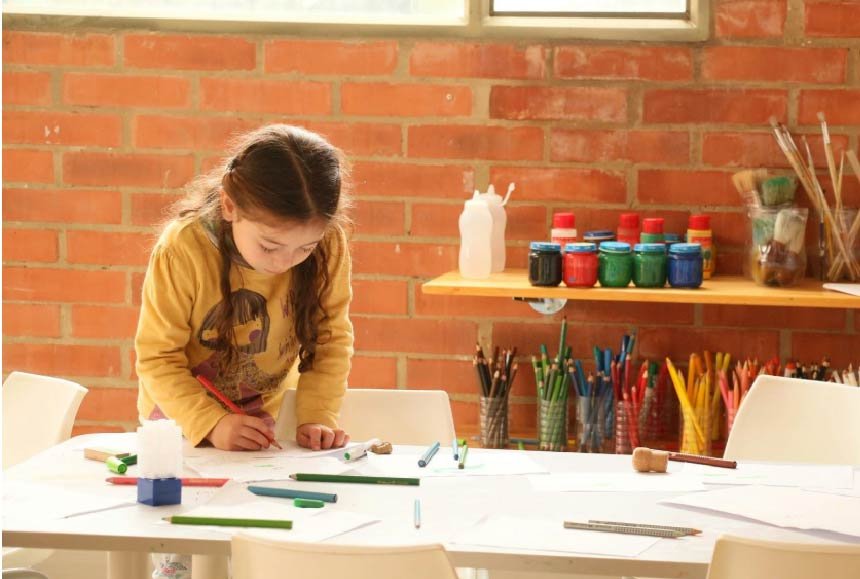
Arts and crafts are great for stimulating creativity and developing fine motor skills. These hands-on projects enable children to express themselves non-verbally and foster cognitive development.
Crafting encourages decision-making, imagination, and problem-solving, making it an excellent way to nurture critical thinking skills.
Collaborative Projects
Collaborative projects promote teamwork and help children learn how to share ideas and work toward a common goal.
Activities like creating a community mural or making a quilt from individual artwork encourage collaboration, strengthen bonds, and allow children to contribute to something meaningful as a group.
Making Special Occasions More Meaningful
Incorporating creative activities during special occasions can elevate the overall experience, making these moments more memorable for children. Engaging children in the planning of celebrations can foster a sense of ownership and excitement.
Adding personal touches to birthdays, holidays, and gifts can significantly enhance their emotional significance and make them more meaningful for children.
Creative Touches for Birthdays and Holidays
Engaging children in the planning of celebrations can foster a sense of ownership and excitement, adding unique personal touches to events.
A fun idea for celebrating children’s birthdays is to create personalized ‘Birthday Bags’ that include special items for the birthday child to enjoy at school.
Incorporating unique elements into celebrations can enhance their emotional significance, making them more memorable for children.
Adding Personality to Gifts
Using customized gift tags can add a personal touch, making each present feel specially curated for the recipient. Personalized wrapping paper can make even simple gifts feel magical and meaningful, showing how small details can boost imagination and joy in celebrations.
Adding personalized touches to gifts can make them more special and memorable for the recipient.
Encouraging Kids to Create Their Own Decorations
Allowing children to design their own decorations encourages self-expression, enhances creativity, and makes the occasion feel more personal.
Activities like making pompom ice pops, creating homemade playdough, or turning paper filters into colorful flowers help kids develop fine motor skills while experimenting with design and color.
A family time capsule lets them reflect on their interests and express their individuality creatively.
Bridging Home and School for Lasting Impact
Collaboration between parents and teachers can create a stronger educational environment that benefits student learning.
A strong partnership between home and school enhances students’ learning experiences and outcomes.
By fostering:
- Parent-teacher collaboration
- Consistency in creative activities
- Small shared rituals can ensure a cohesive approach that supports children’s creative development both at home and in school.
Parent-Teacher Collaboration
Workshops for parents can enhance their skills in teaching and engaging with children, fostering a supportive learning environment at home.
Effective communication among parents and teachers can significantly drive student engagement and academic success.
Collaborative efforts in education enhance children’s creativity by allowing them to share ideas and support each other’s learning processes. Effective group work encourages good communication skills among children, which directly contributes to their creative development.
Consistency in Creative Activities
Regularly scheduled creative activities at home and school help reinforce learning and maintain children’s interest and engagement. Establishing predictable routines helps children feel secure and encourages their participation in creative activities.
Balancing group interaction and independent tasks within a routine can enhance children’s social and creative skills. Integrating physical activity into creative routines supports children’s engagement and focus during activities.
Creating Small Shared Rituals
Establishing simple, shared rituals between families and educators can strengthen relationships and promote a sense of community. Incorporating small, shared rituals between home and school can foster a sense of community and continuity for children.
Family rituals, such as sharing daily highs and lows, promote open communication and emotional connection. Simple greetings and farewells can serve as special rituals that enhance children’s feelings of acceptance within the family.
Conclusion
Imagination plays a crucial role in children’s development, enhancing creativity, problem-solving abilities, and emotional intelligence.
Fostering creativity through various activities and environments can lead to a lifetime of innovation and emotional well-being.
By understanding the many benefits of imagination and nurturing it through everyday creativity, we can help children develop into creative thinkers who use their imagination and are well-equipped to navigate the complexities of the world.
-

 Celebrity1 year ago
Celebrity1 year agoWho Is Jennifer Rauchet?: All You Need To Know About Pete Hegseth’s Wife
-

 Celebrity1 year ago
Celebrity1 year agoWho Is Mindy Jennings?: All You Need To Know About Ken Jennings Wife
-

 Celebrity1 year ago
Celebrity1 year agoWho Is Enrica Cenzatti?: The Untold Story of Andrea Bocelli’s Ex-Wife
-

 Celebrity1 year ago
Celebrity1 year agoWho Is Klarissa Munz: The Untold Story of Freddie Highmore’s Wife
















